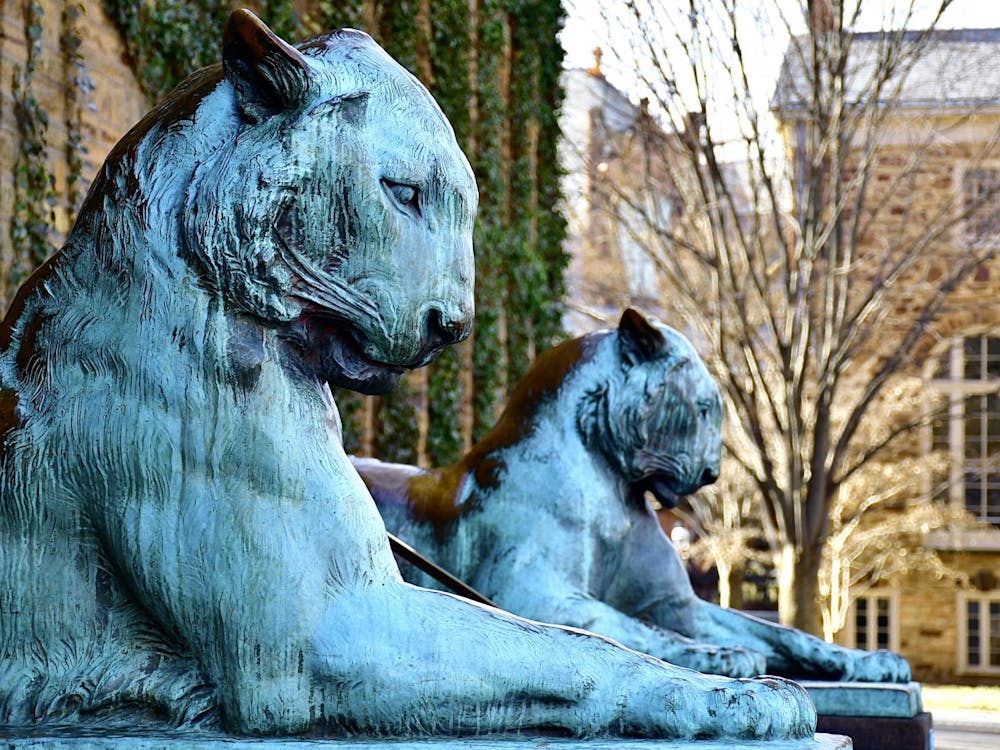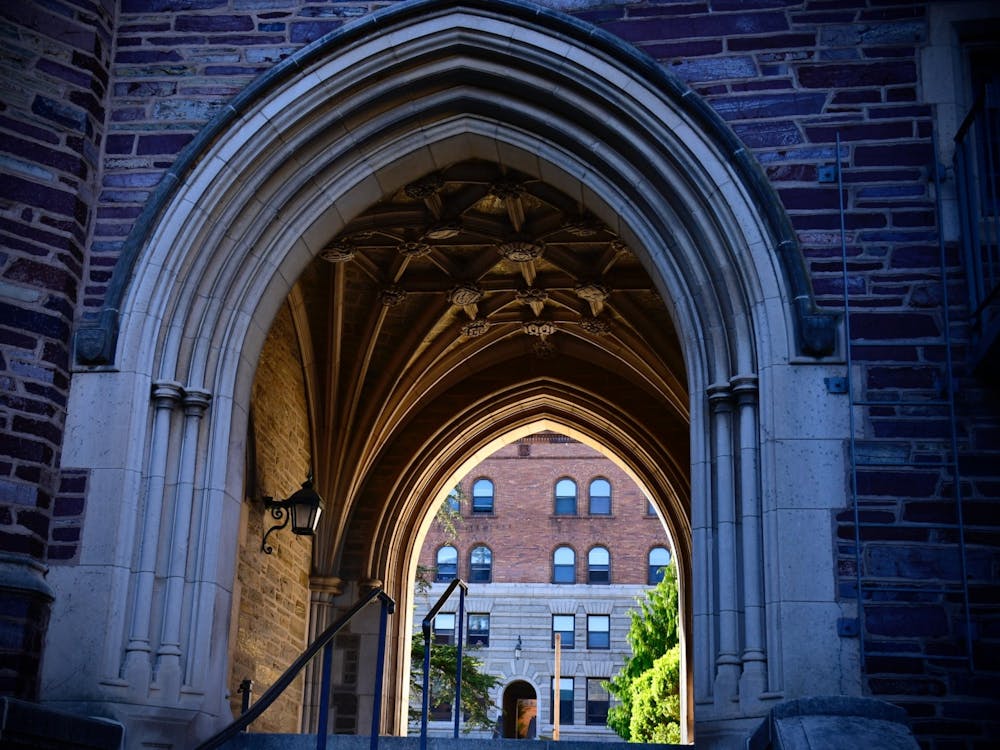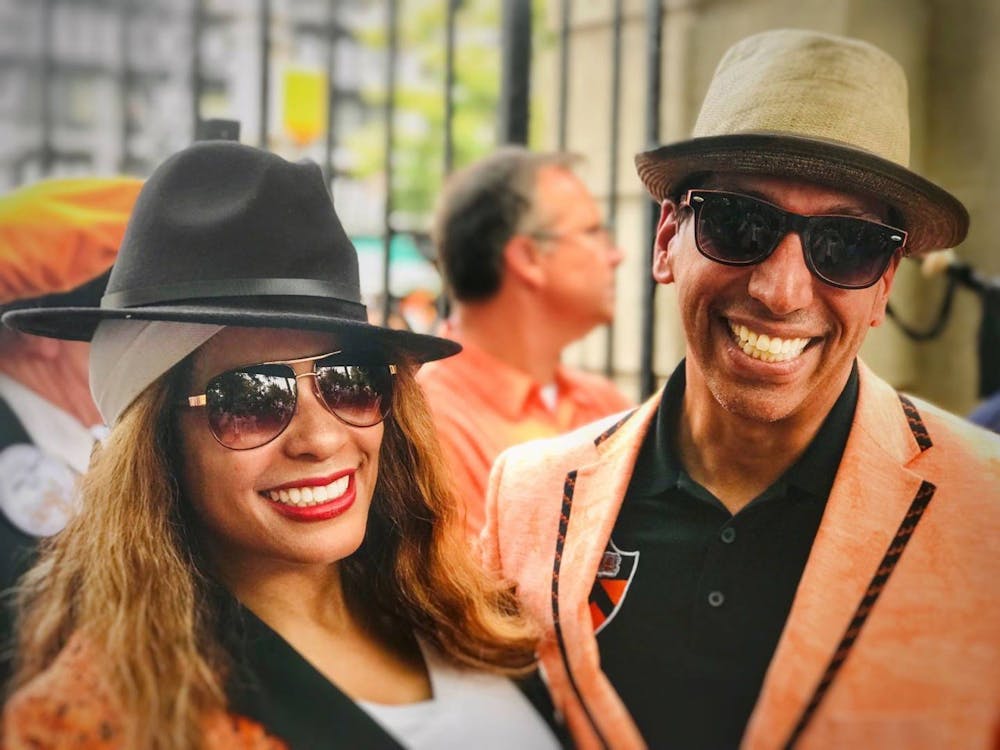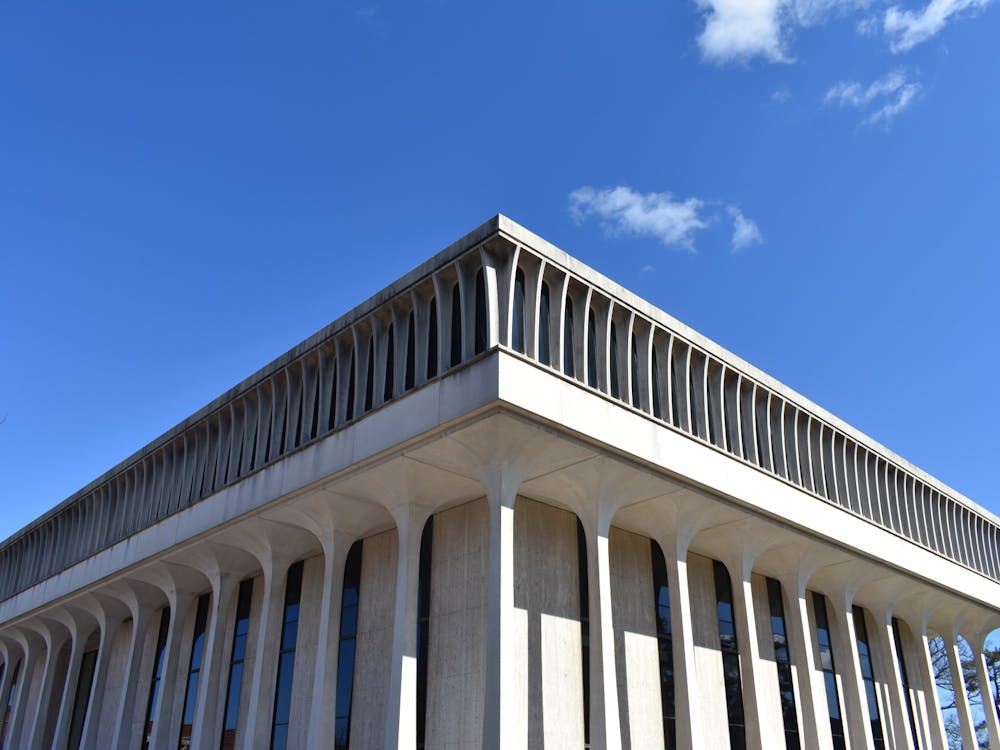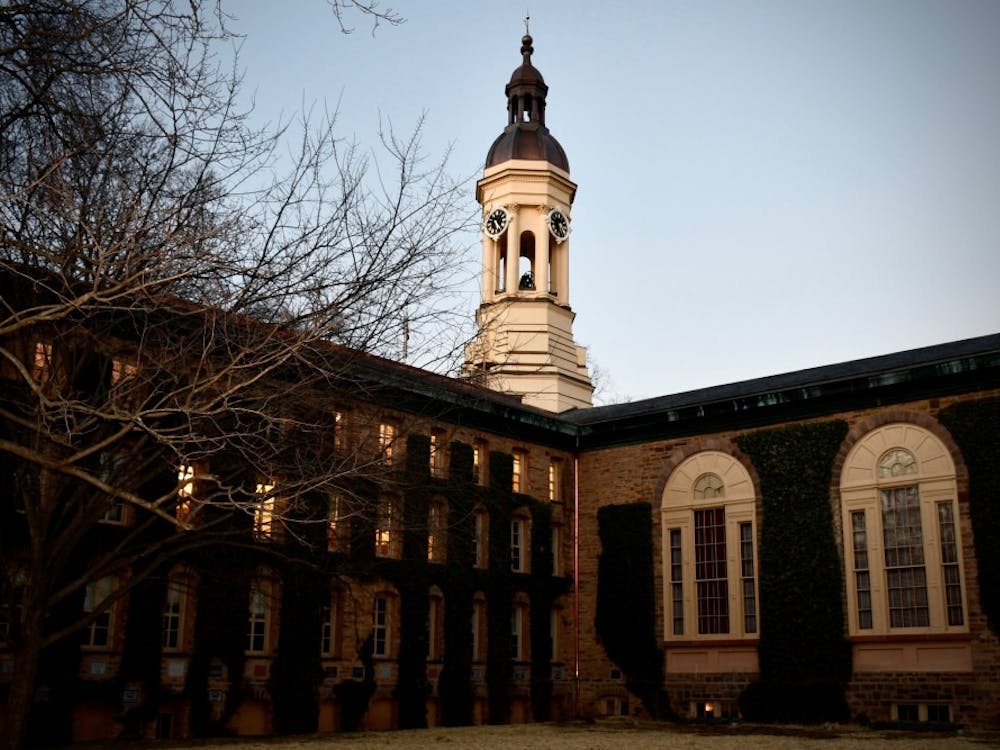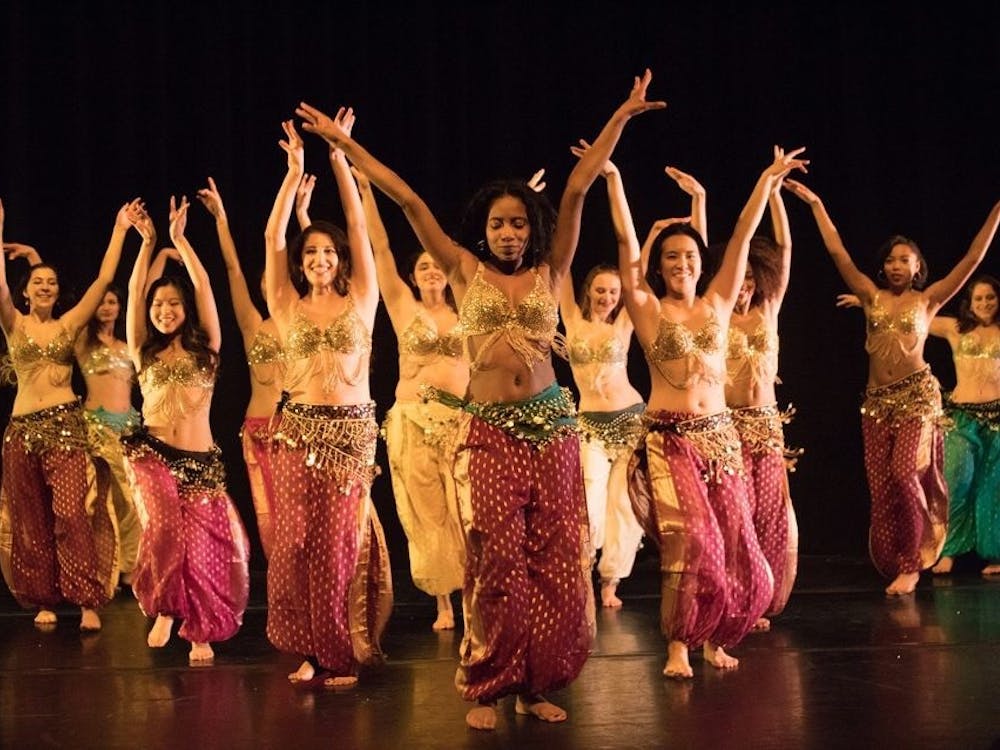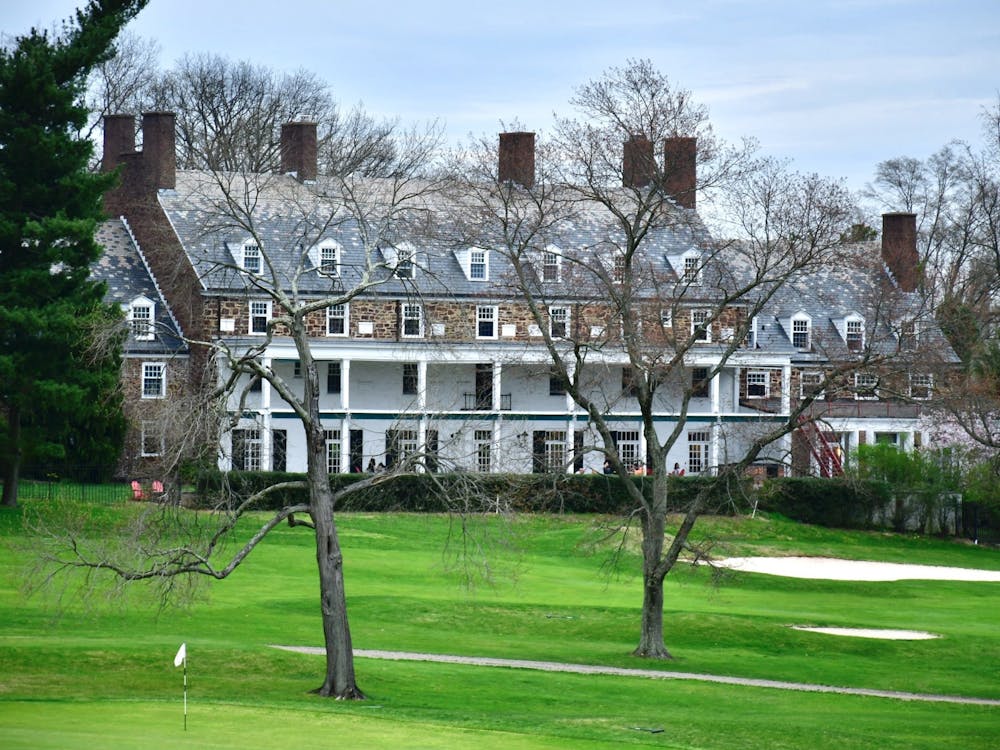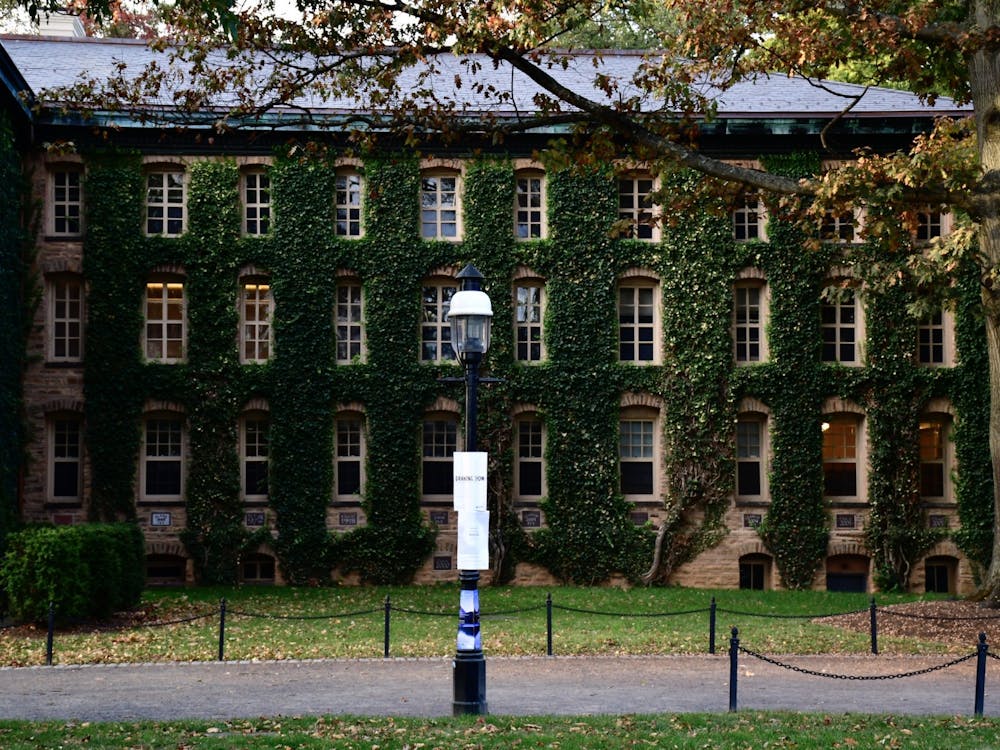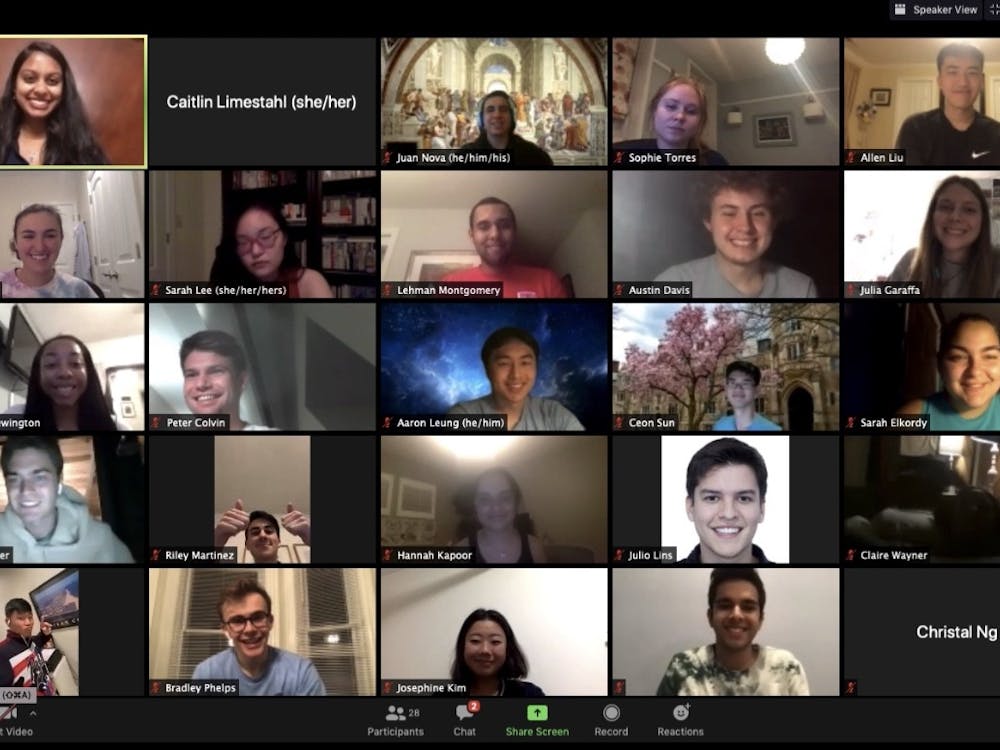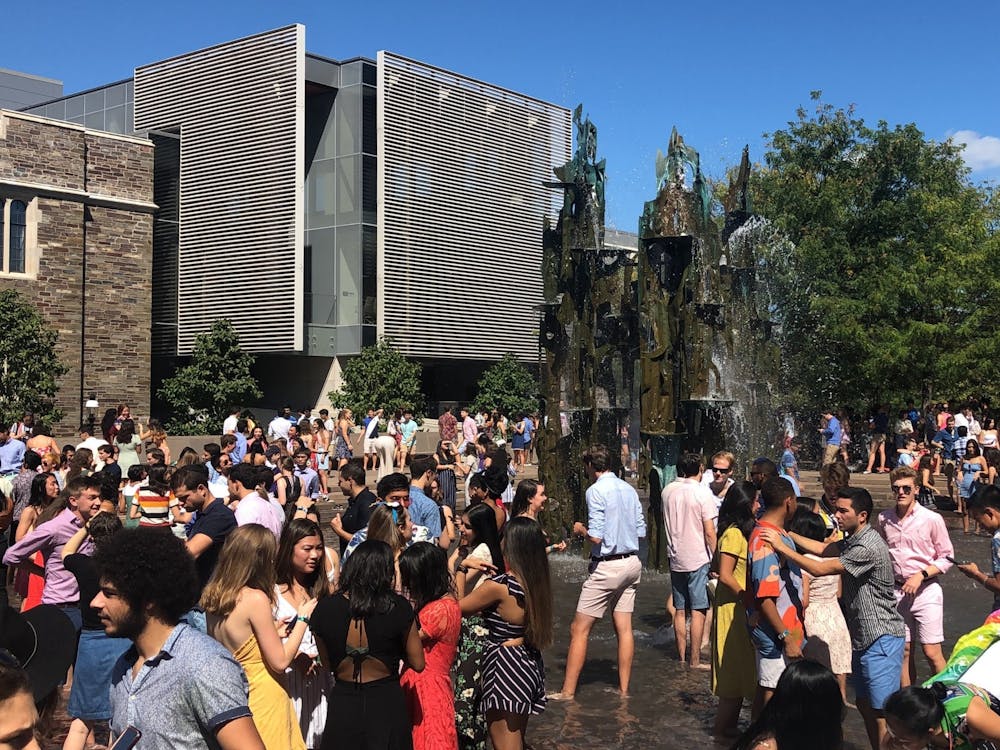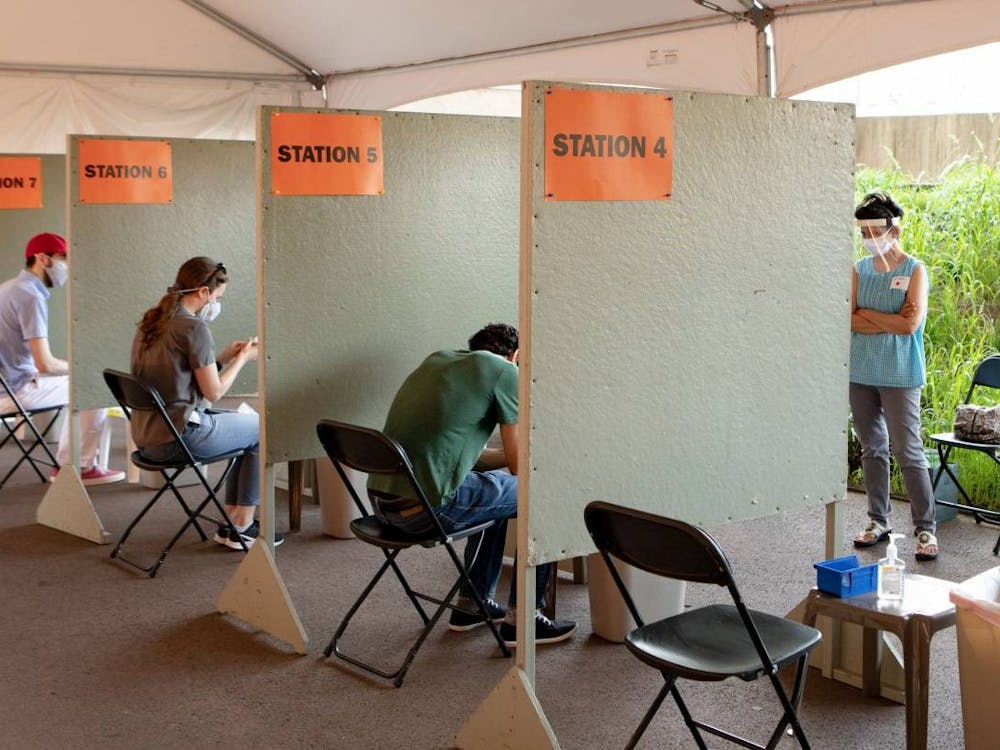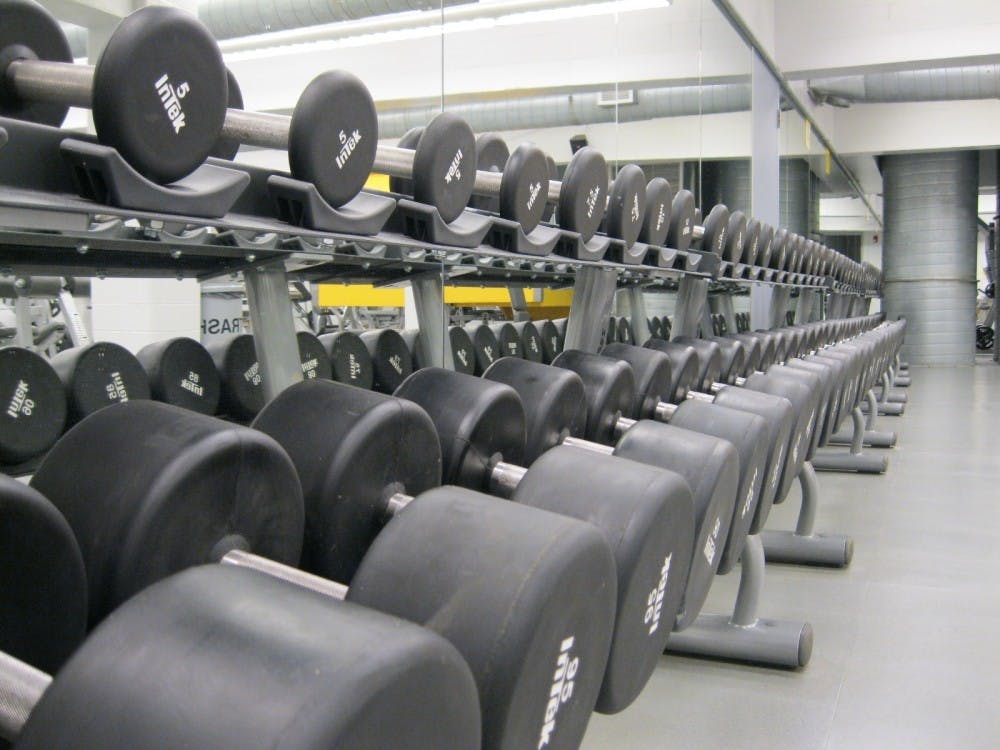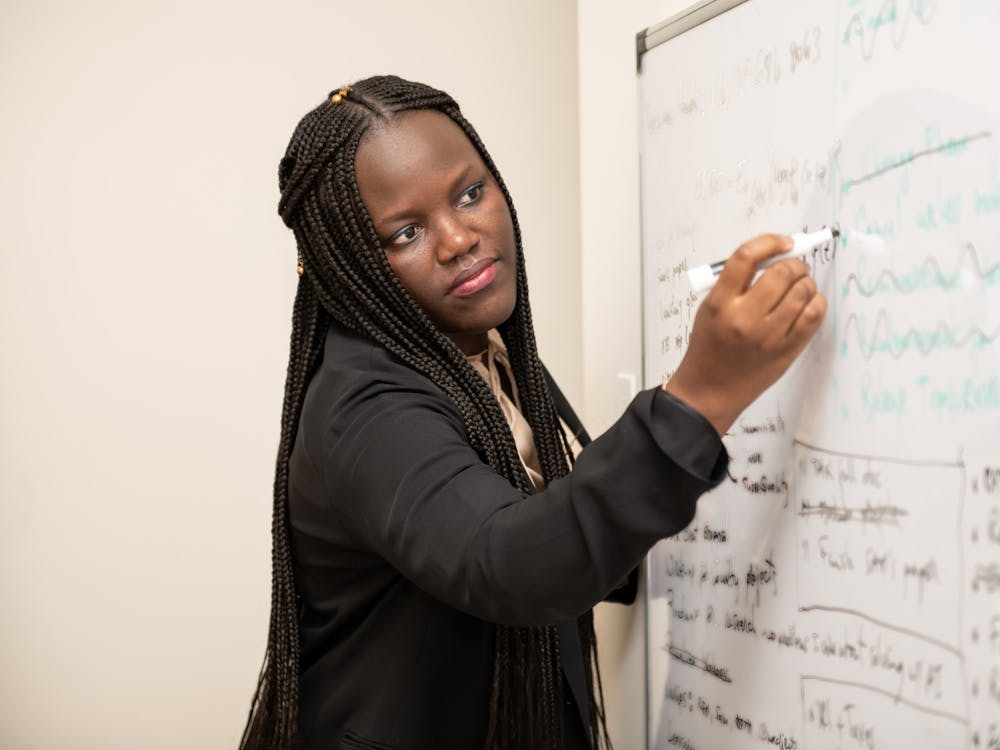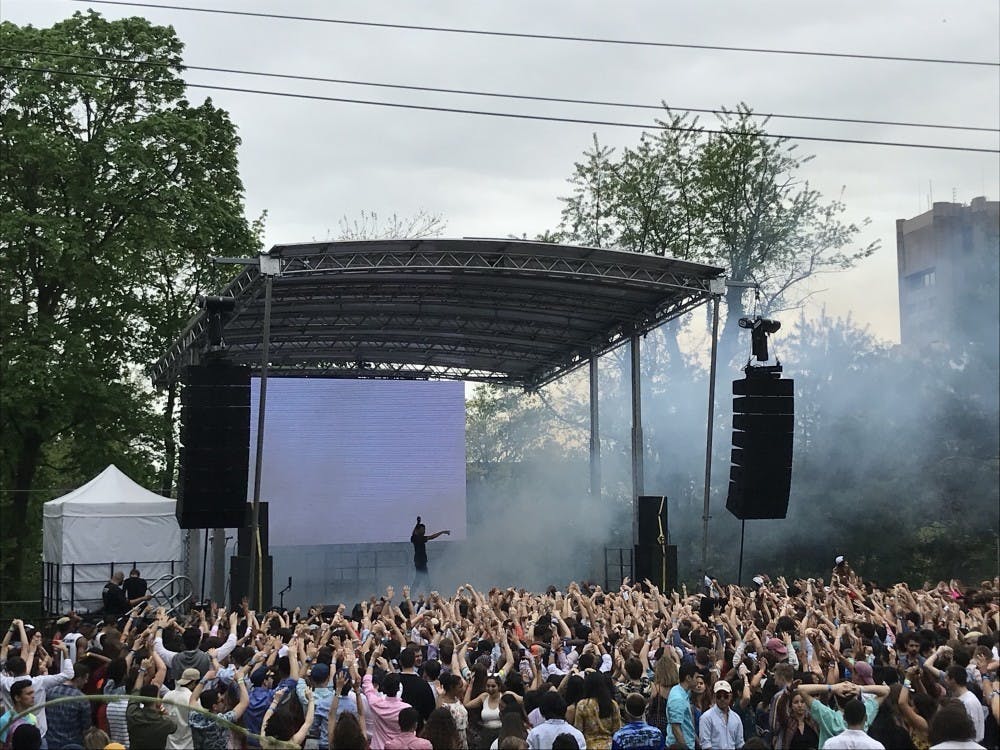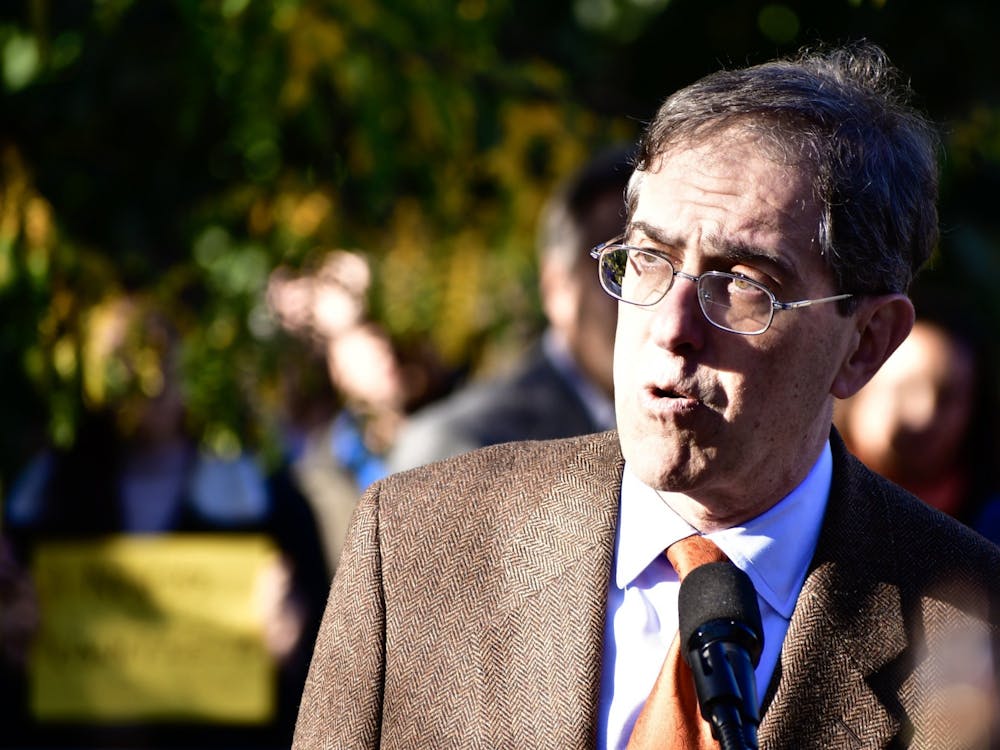U. issues $500M in bonds to help finance campus expansion
Walker StampsTo help finance its 10-year Capital Plan, the University raised $500 million in bonds in June 2020.
To help finance it's 10-year Capital Plan, the University raised $500 million in bonds in June 2020. Purchasers of these types of bonds generally include large institutionalized asset managers, insurance companies, and a significant minority consists of international buyers, according to Vice President for Finance and Treasurer of the University Jim Matteo.





